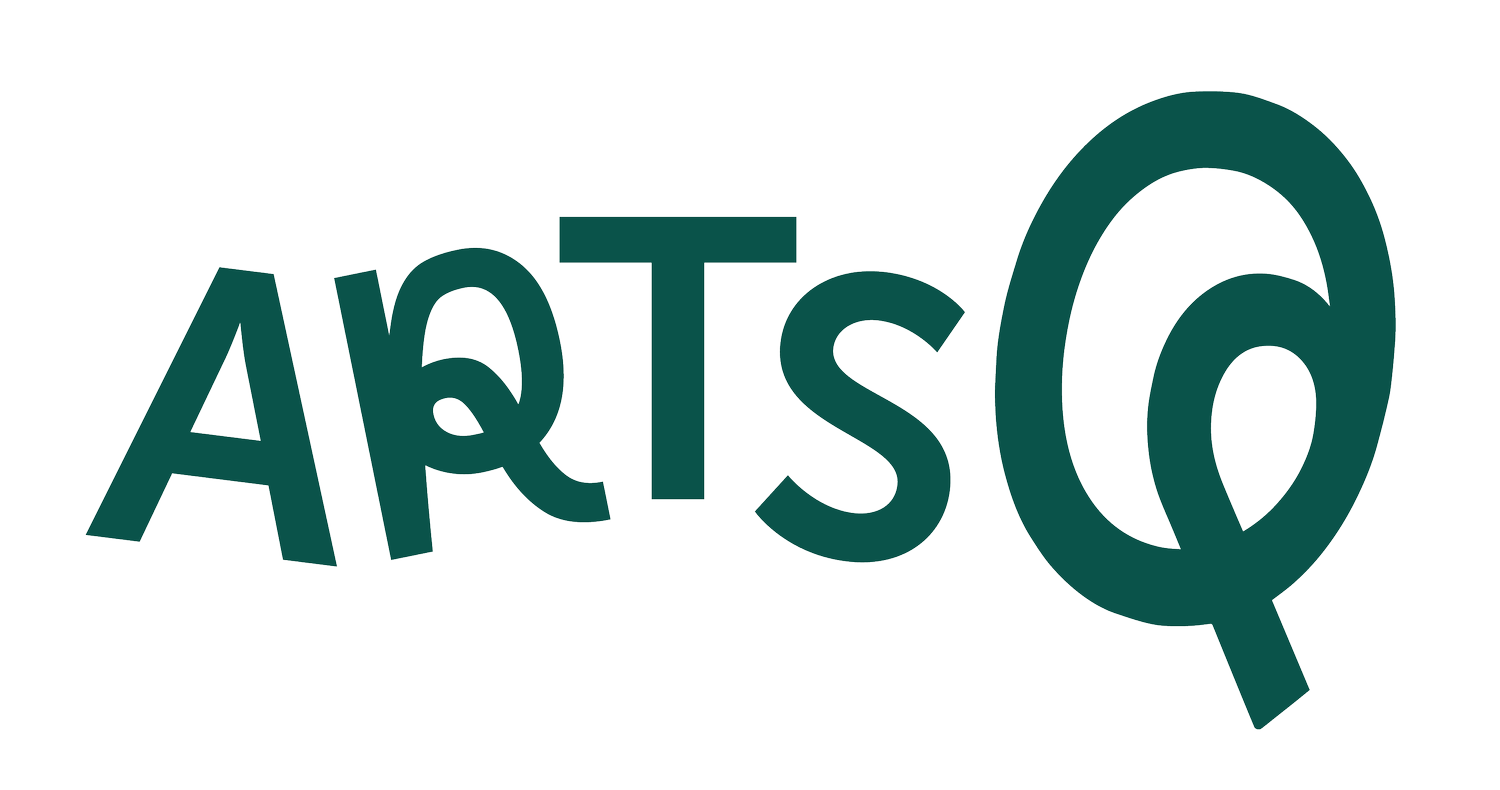Hokusai’s The Great Wave | conversation with a kid
Join Eleana and Lauren as they explore the iconic "Great Wave off Kanagawa" (sometimes called The Great Wave or Under the Wave off Kanagawa) by Katsushika Hokusai in this fascinating video! It’s the first in a new series: conversations with kids, where an art historian partners with a kid to talk about a work of art. The idea is to empower kids to ask questions and talk openly about art, art history, and archaeology.
Thirty-Six Views of Mount Fuji
Hokusai’s print belonged to a larger series called Thirty-Six Views of Mount Fuji. The Great Wave was printed many times, resulting in many different impressions of the same image. This version was printed around 1830–31, during the Edo period. It’s the most famous example of a ukiyo-e print. Discover why the people in the famous Japanese print look so worried as a massive wave approaches. Learn about the famous Mount Fuji in the background. Consider the frothy white ocean. Spend a moment learning about the process of Japanese woodblock printing. Hokusai’s print isn’t just famous in Japanese art, but it is one of the most recognizable images in the history of art worldwide!
Main artwork
1. Katsushika Hokusai, Under the Wave off Kanagawa (Kanagawa-oki nami-ura), also known as the Great Wave, from the series Thirty-six Views of Mount Fuji (Fugaku sanjûrokkei), c. 1830–31, woodblock print (nishiki-e), ink and color on paper. Horizontal ôban; 25.2 x 37.7 cm (9 15/16 x 14 13/16 in.). Boston Museum of Fine Arts.
Learn more!
Watch our short video about "What is a woodblock print?"
Check out our 1-minute short about how to read Hokusai’s print.
Learn more about the subtle differences between each impression of Hokusai’s The Great Wave with this blog post from The British Museum.
National Learning Standards
World History
NSS-WH.5-12.7 ERA 7: AN AGE OF REVOLUTIONS, 1750-1914
